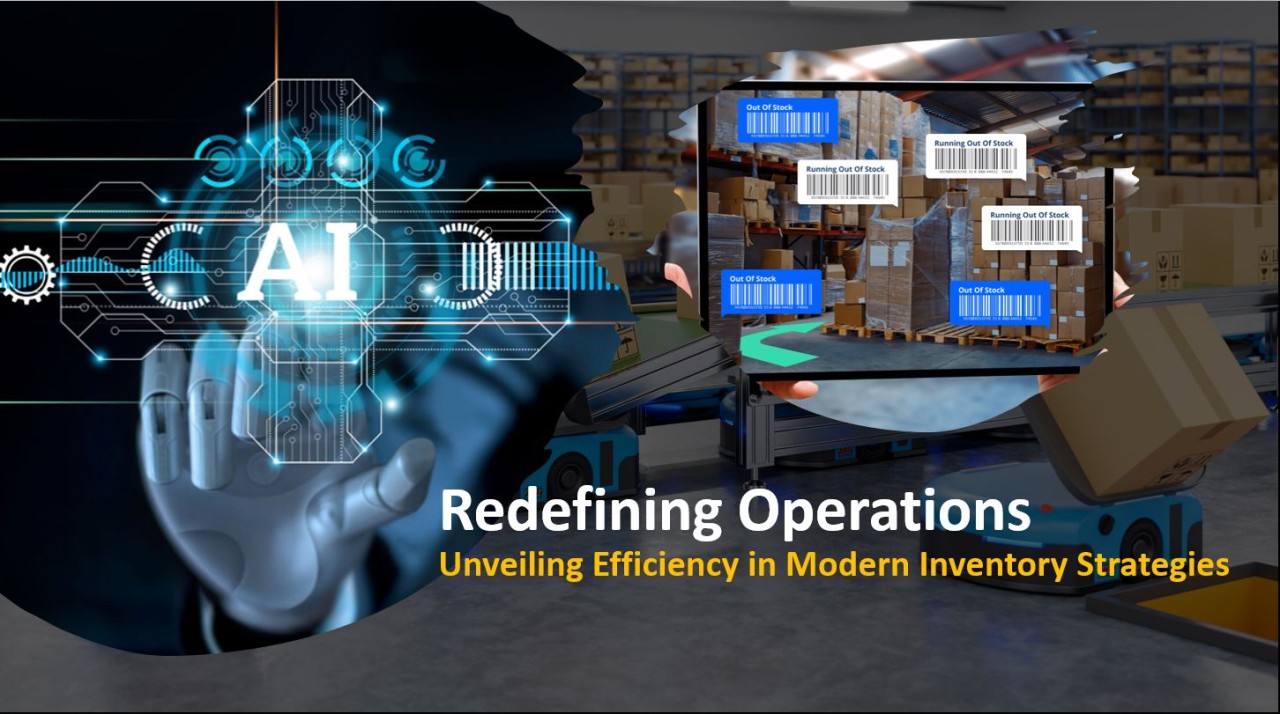Automation has revolutionized the way businesses operate in today’s fast-paced world. It has brought about unprecedented efficiency and accuracy, freeing up time and resources to focus on higher-level tasks and strategy. But what exactly is automation, and how does it play a role in streamlining business operations?
Imagine a world where you could sit back and relax while machines take care of your mundane, repetitive tasks. Well, with automation, that dream is a reality. Automation involves using technology to automate tasks that would otherwise require manual intervention.
This not only saves time but also reduces the likelihood of errors and inconsistencies, leading to improved business operations and processes.
So, what are the specific areas of business operations that automation can streamline? From marketing and sales to human resources and finance, automation is making waves in nearly every aspect of modern business.
It’s like having a team of super-efficient robots working behind the scenes, freeing up your employees to focus on more critical and creative tasks.
Let’s dive into the role of automation in streamlining business operations and discover how it can digitally transform the way you do business!
The benefits of automation
When it comes to the benefits of automation, the list is almost endless. From increased efficiency and productivity to reduced errors and costs, businesses of all sizes are reaping the rewards of embracing automation technology. Here are just a few of the many benefits that automation can bring to your business operations:
Enhanced Efficiency & Productivity
Automation allows businesses to automate routine tasks, freeing up employees for higher-level and more creative work. This leads to improved productivity and efficiency, as well as increased job satisfaction for employees.
It enables businesses to complete tasks faster and with greater accuracy, as automation reduces the risk of human error. This results in increased output, improved workflow, and higher efficiency in day-to-day operations.
Reduced Errors & Costs
Automation eliminates the possibility of manual errors, which can be costly and time-consuming to correct. By automating tasks such as invoicing and payment processing, businesses can reduce the likelihood of errors and improve accuracy.
This leads to lower costs, as businesses save time and money by reducing the need for manual intervention and correcting errors.
Additionally, automation reduces the need for manual data entry and increases the accuracy of financial reporting, leading to improved financial management and lower costs.
Improved Customer Experience
Automation streamlines processes like lead generation, email marketing, and sales reporting, resulting in a more efficient and effective customer experience. Customers appreciate a seamless and efficient experience, and automation enables businesses to provide this.
This leads to improved customer satisfaction, increased loyalty, and ultimately, increased revenue.
It also enables businesses to collect and analyze data more effectively, allowing them to better understand customer preferences and needs, leading to a more personalized and effective customer experience.
Better Data Management
Automation can improve data management by automating processes such as employee data management and benefits administration. This leads to improved accuracy and consistency, as well as increased security for sensitive information.
Automated data management systems can store and process large amounts of data more efficiently and accurately than manual systems, leading to improved business intelligence and decision-making.
It also allows businesses to store and access data more securely, reducing the risk of data breaches and protecting sensitive information.
Increased Flexibility and Scalability
Automation technology is highly flexible and scalable, allowing businesses to quickly and easily adapt to changing circumstances and expand their operations. Automated systems can be configured to meet the specific needs of a business, and can be easily updated as those needs change.
Automated systems also allow businesses to expand their operations by adding new capabilities and processes without having to add new staff. This results in increased flexibility and scalability, enabling businesses to grow and evolve over time.
Automation in Different Business Processes
Automation has a significant impact on almost every aspect of modern business operations. From marketing and sales to human resources and finance, automation is transforming the way we work and do business. Let’s take a closer look at some of the key areas where automation is making its mark:
Marketing and Sales
Automated lead generation and nurturing, email marketing, and sales reporting are just a few of the many ways that automation can streamline marketing and sales processes. By automating these tasks, businesses can improve lead generation and nurturing, increase customer engagement, and ultimately, drive revenue.
Human Resources
Automated recruitment and onboarding processes, employee data management, and benefits administration are just a few of the ways that automation can streamline human resources operations.
By automating these tasks, businesses can reduce the likelihood of errors and improve accuracy, freeing up HR teams to focus on higher-level tasks.
Finance and Accounting
Automated invoicing and payment processing, financial reporting, and budgeting are just a few of the many ways that automation can streamline finance and accounting operations. By automating these tasks, businesses can improve accuracy and reduce the likelihood of errors, freeing up finance teams to focus on more critical tasks.
Challenges of Automation
While automation brings many benefits to businesses of all sizes, it also presents a number of challenges that must be overcome. These challenges range from technical issues to organizational and cultural roadblocks. Let’s take a closer look at some of the key challenges of automation:
Technical Challenges
Technical challenges are a common roadblock to automation and can include compatibility issues, data security concerns, and the need for specialized skills and expertise to implement and maintain automation systems.
Ensuring that automation systems are compatible with existing infrastructure, protecting sensitive data, and having the right personnel in place to manage automation systems are all critical components to overcoming technical challenges.
Organizational Challenges
Organizational challenges can also present significant roadblocks to automation. These can include resistance to change, limited resources and budget, and the need for effective planning and management to ensure a successful implementation.
Overcoming organizational challenges requires a clear understanding of the benefits of automation, effective communication and collaboration across departments, and the allocation of adequate resources and budget to support automation initiatives.
Cultural Challenges
Cultural challenges can also pose significant roadblocks to automation. These can include a lack of understanding of the benefits of automation, resistance to change, and a lack of buy-in from employees and stakeholders.
Overcoming cultural challenges requires a clear understanding of the benefits of automation, effective communication and education, and collaboration with employees and stakeholders to build a culture that embraces change and innovation.
Integration Challenges
Automation systems must integrate with existing systems and processes in order to maximize their benefits. This can be a complex and time-consuming process, requiring a deep understanding of existing systems and processes, as well as careful planning and coordination to ensure seamless integration.
Cost Challenges
Automation systems can be expensive to implement and maintain, and businesses must carefully consider the costs and benefits of automation in order to make the right decisions.
In some cases, the benefits of automation may outweigh the costs, while in others, it may not make sense to pursue automation initiatives. Careful cost analysis and decision-making are critical to overcoming cost challenges.
Conclusion
Automation is playing a transformative role in streamlining business operations. From marketing and sales to human resources and finance, automation is revolutionizing the way we work and do business.
With its ability to streamline processes, reduce errors and costs, and improve accuracy and consistency, automation is a powerful tool for businesses looking to transform their operations.
However, automation also presents a number of challenges, including technical, organizational, and cultural roadblocks. These challenges can be overcome with the right approach and planning, and by working closely with automation experts and educating employees and stakeholders on the benefits of automation.
In the end, the role of automation in streamlining business operations is clear – it brings significant benefits and improvements to organizations of all sizes. So, whether you’re a small business just starting out or a large enterprise looking to transform your operations, now is the time to embrace automation and start streamlining your business operations today!
Business software development company can help your businesses successfully implement automation into operations. A software development company can provide expertise in developing and integrating automation software tailored to the specific needs of a business.
When it comes to enhancing operational efficiency, reducing costs, and increasing productivity, businesses of all sizes and industries are constantly searching for ways to achieve these goals. One proven strategy that has gained widespread popularity is the use of automation software. However, it can be quite challenging for businesses to develop and integrate automation software that aligns with their specific needs and requirements.





